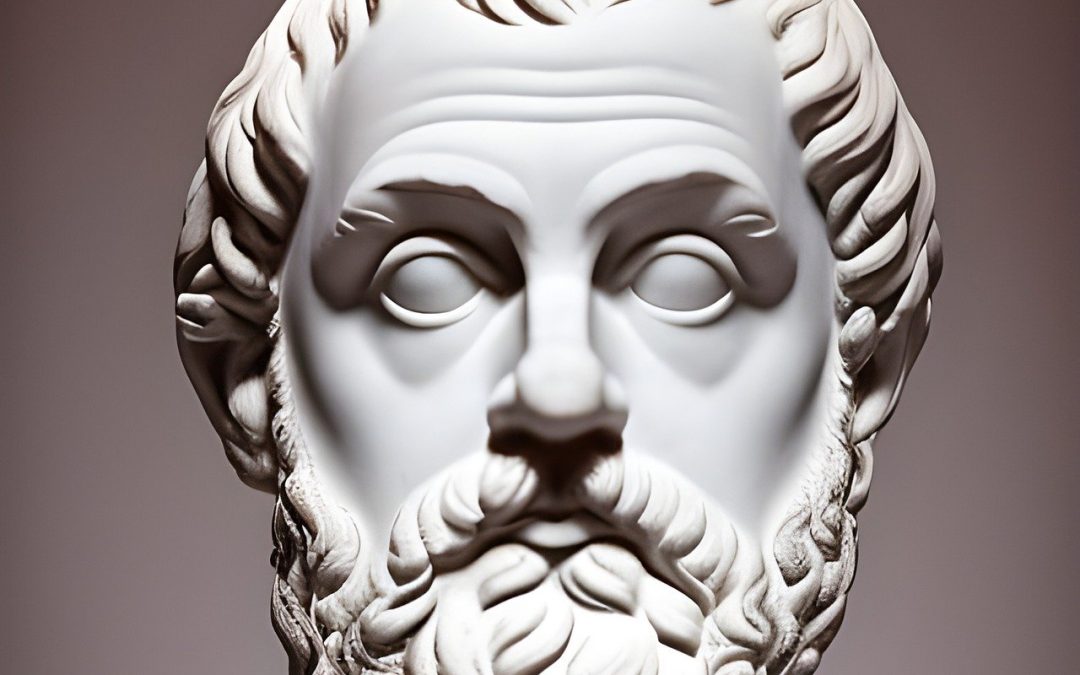My interest in philosophy and ultimately theosophy began when I read Plato Republic at university. I fell in love, specifically, with Book VII and the image of the cave which illustrates the effects of education on the human soul. I think this piece of philosophical text articulates beautifully the journey of the soul and why meditative practices and the teachings of the Lord Buddha are so important to every Arhatic Yogi.
In the following discussion about the text, I refer the reader to Plato Republic as translated by G.M.A Grube, revised by C. D. C Reeve.
“Imagine human beings living in an underground, cavelike dwelling, with an entrance a long way up, which is both open to the lights and as wide as the cave itself. They’ve been there since childhood, fixed in the same place, with their necks and legs fettered, able to see only in front of them, because their bonds prevent them from turning their heads around. Light is provided by a fire burning far above and behind them. Also behind, but on higher ground, there is a path stretching between them and the fire. Imagine that along this path a low wall has been built, like the screen in front of puppeteers above which they show their puppets. […] imagine that there are people along the wall, carrying all kinds of artefacts that project above it – statues of people and other animals made out of stone, wood, and every material […] some of the carriers are talking, and some are silent. […] the prisoners would in every way believe that the truth is nothing other than the shadows of the artifacts.’
The image depicts humanity and humans being trapped in a cave with only images projected by the light of a fire and not by the sun. Images that are not even real but mere creations. Whispers that can be heard and assumed to be true. A limited reality that is presented to those that are trapped and oblivious to anything else, any other existence. As we have no other reality, we take these objects and whispers as the truth, the ultimate knowledge.
The prisoners are not able to move their heads to see anything outside of their line of vision meaning that they have limited self-awareness and awareness of others. Their thoughts would focus on themselves in their own sense of reality, as narrow as that reality is and as illusionary as it is. The life of the prisoner would fixate on the artefacts they see and experience as this is their reality, even though the artefacts are not even real.
Plato is careful to note that the only source of light is from the fire and not the sun. In his image the fire is fake light, not natural or true; thus, the sun is depicted as the ultimate truth, the ultimate knowledge (enlightenment).
We are educated, generally, in accordance with those images as we see them everyday. I see it in people who claim that they are far too educated to believe in anything spiritual. I see people who claim that they are scientific and therefore don’t believe in anything that they can’t ‘prove’ scientifically. The latter being ironic as history tells us that paradigms shift over the centuries e.g. we once believed that the Earth was flat until both science and experience proved otherwise.
So, are we to stay in these shackles? Can we escape when we don’t even recognise that we are shackled and living in an illusional reality? How can we release ourselves and how do we know what the true reality actually looks like? These are all perfectly good questions, questions that the Plato Republic addresses. We’ll look at these in Part 2.
For more blogs, articles and content on the inner teachings, keep checking back on my blog page and you can also follow me on X and Facebook

